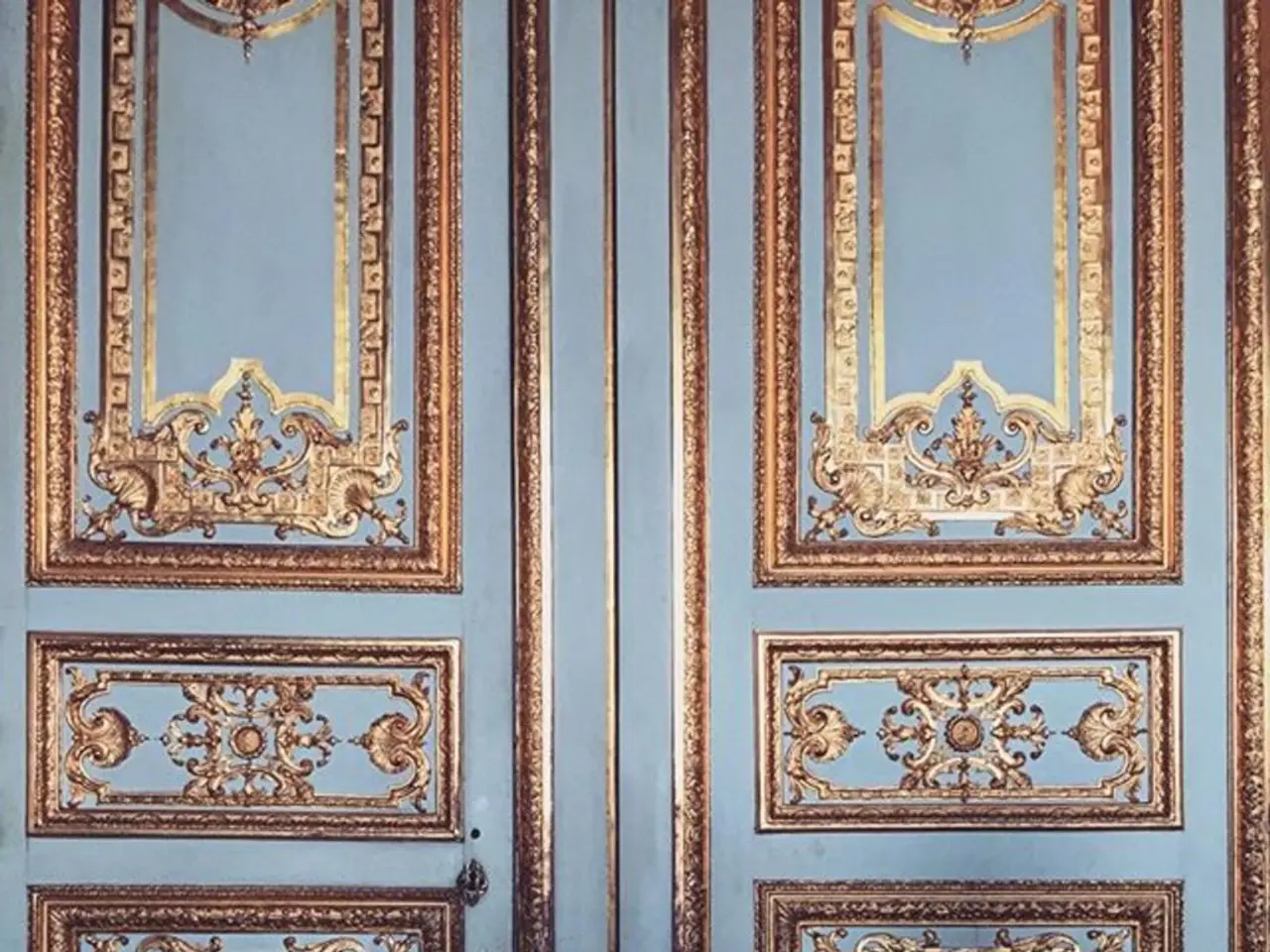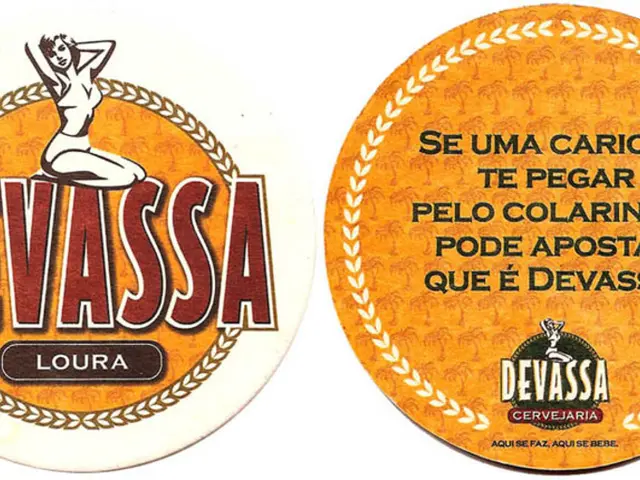Implementing Design Concepts: Affordable Methods for 3D Realization
In the realm of design, the use of 3D visualization is transforming the way projects are conceptualized, collaborated on, and ultimately, brought to life. This article will delve into the world of 3D visualization, exploring its benefits, tools, and the impact it has on design projects.
User-friendly Platforms for 3D Modeling
Platforms like SketchUp, Blender, and Fusion 360 are revolutionizing the design industry, offering remarkable features for both beginners and professionals. SketchUp, for instance, is a user-friendly platform for creating detailed 3D models, while Blender is an open-source software with capabilities for animation, rendering, and more. Fusion 360, on the other hand, is a tool for product design and engineering, featuring flexible cloud-based collaboration options.
Collaboration and Innovation
Collaborating with other creatives can introduce fresh perspectives and inspire new directions in 3D design projects. Fusion 360's Collaboration Hubs, for example, allow the creation of multidisciplinary teams with specific roles and permissions to manage various types of files and projects together seamlessly over the cloud. This fosters a collaborative environment that encourages innovation and creativity.
The Impact of 3D Visualization
3D visuals inject vitality into design projects, fostering understanding and excitement. They can transform abstract ideas into realistic representations, engaging clients on a new level. A breathtaking 3D visualization might just be the spark that turns your next project into a masterpiece.
Sustainable Design and 3D Visualization
Incorporating 3D visualization can align with sustainable design practices, reducing waste and championing eco-friendly practices. 3D visualization can help articulate sustainable design concepts compellingly to clients, fostering a shared commitment to sustainability. By visualizing projects in 3D prior to physical construction, you can evaluate potential materials, layouts, and even anticipate energy consumption.
Learning Resources and Opportunities
Online resources and tutorials, such as those found on YouTube and Coursera, can make learning 3D visualization accessible and enjoyable. Platforms like Behance and Dribbble can connect you with like-minded individuals for creativity and innovation.
Investigating 3D rendering services can broaden your understanding of the subject. The speaker's approach to design has fundamentally reshaped due to 3D visualization, allowing for deeper connections with clients and enhancing their creative journey. Thoughtful design using 3D visualization can have a positive impact, not just on clients, but also on the environment.
Exploring the tools and methods discussed can lead to newfound inspiration and exciting pathways in design endeavors. Affordable tools like the ones mentioned above make it easier than ever to dive into the world of 3D visualization and reap its numerous benefits.
Read also:
- Time is of the essence
- Addressing Transportation and Storage Dilemmas through Tailor-Made Containers
- Increase in parking enforcement: Heidelberg utilizes scanner-equipped vehicles to identify violators as pressure on parking spaces intensifies
- Meta's Hyperspace enables the scanning of the physical world and its transformation into the Metaverse, while offering innovative AI tools for users to create anything they desire.







